Which is the best rifle and calibre for long-range varminting? Paul Austin takes an in-depth look at the best kit out there for long-range foxing!
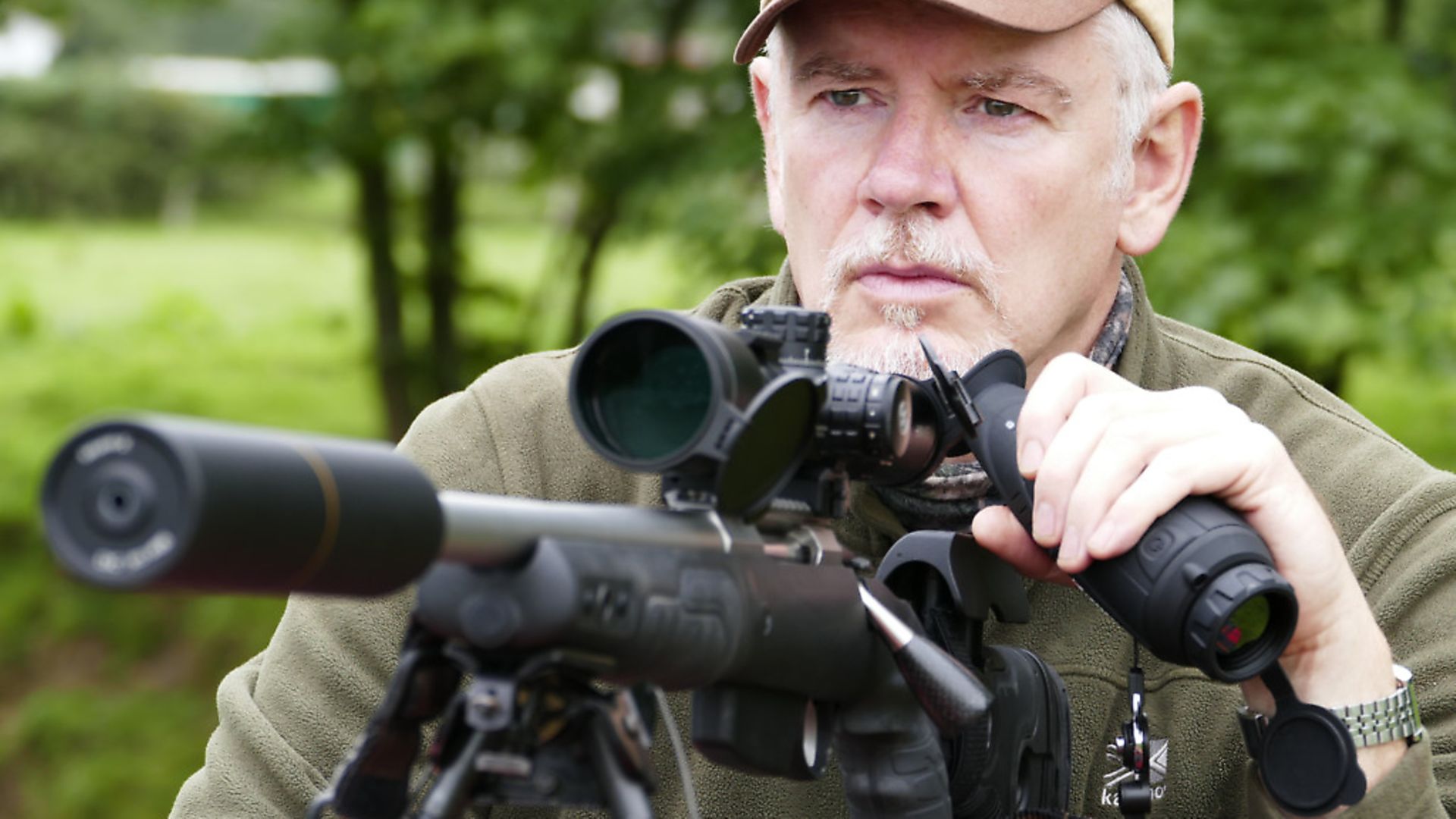 credit: Archant
credit: Archant
The headline for this piece could have just as easily been ‘The ultimate varmint rifle’, as it’s not all about foxing by any means. Yes, foxing is probably the most popular application for these kinds of calibres, but a ‘varminting rifle’ covers a lot more ground than that.You may need to nobble bunnies at extended range, all manner of corvids, foxes, of course, and there’s plenty of other applications, including smaller species of deer given the appropriate calibre.
For me, a varminter is a fast, flat-shooting, point-and-click rifle. Dialling doesn’t come into it; a touch of holdover at extended range, perhaps, but essentially it’s a rifle that will allow you to put the crosshairs on a small target of opportunity over a very wide range of distances, confident that the flat-shooting and accurate round will get the job done. A real ‘tack driver’, as our American cousins would say.
We’ll look at the calibres a little later, but there are other factors that need to be added into the equation. Obviously, you will have to establish a ‘need’ for a particular calibre. This can be tricker than it sounds. I’ve had friends that have had to fight for a .22-250 for foxing but were offered a .223 without question? 1,650ftlb of energy at the muzzle for a .22-250, as opposed to 1,280ftlb on a .223, both employing exactly the same .224 bullet? Go figure. Often, it’s simply a case of familiarity; .223 is the preferred calibre for fox with many licensing bodies and the police. Just because someone works in firearms licensing doesn’t mean they have any particular interest in shooting, so slightly more exotic calibres can take some explaining.
The same is often true with .243, a hugely popular all-purpose calibre and ideal as a varminter running lighter (50/55gr) bullets. The problem is, it can be quite hard to get land cleared for .243 as it’s considered a large deer calibre (which, given a 90/100gr bullet, it is!). Not a problem if you have an open ticket and at least one permission cleared for .243, but it can be a tough sell on flatter land.
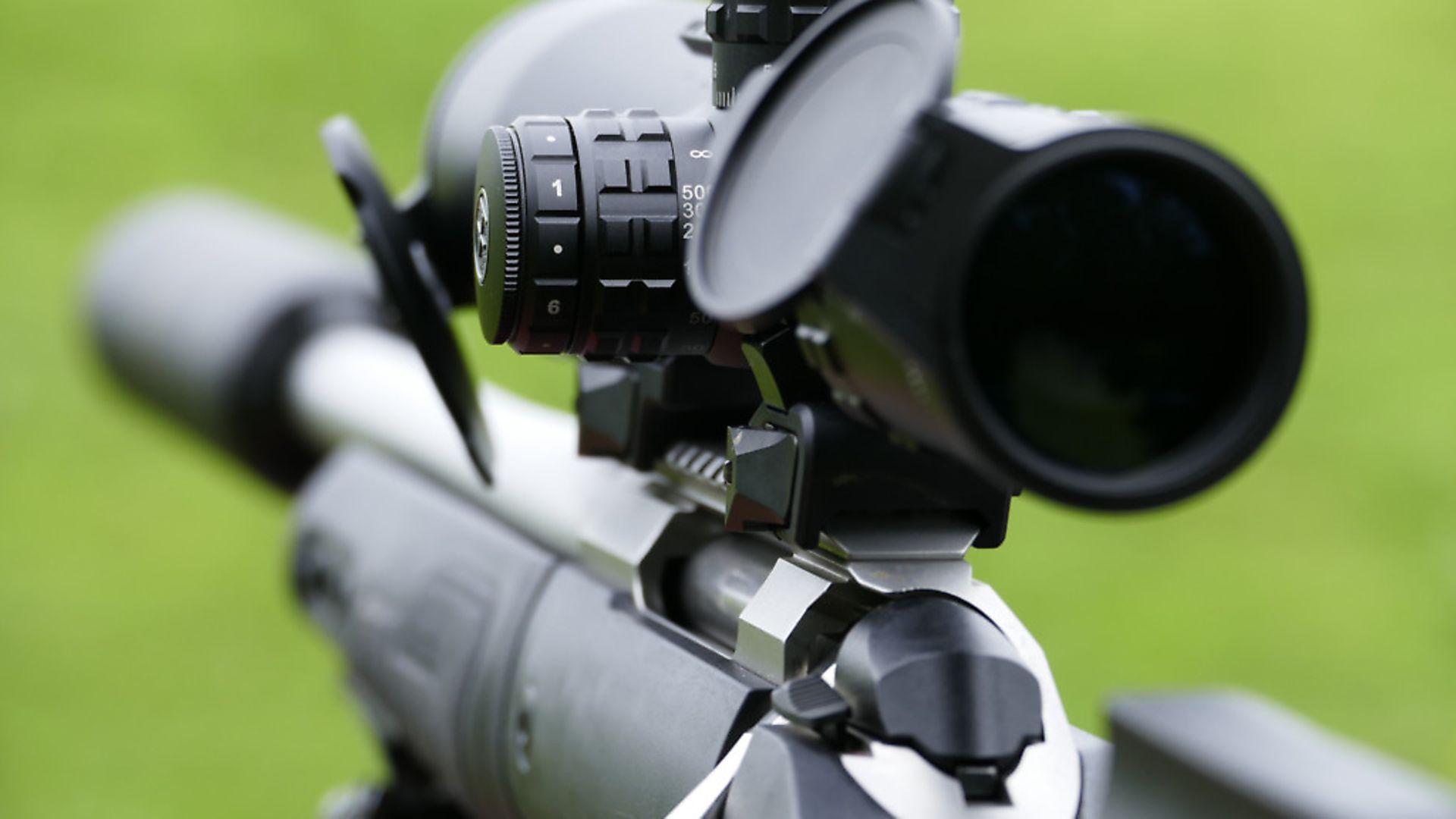 credit: Archant
credit: Archant
Lightweight or heavy?
The next decision is weight. Regular readers will be familiar with my trusty Tikka T3x, a fantastic rifle, but with its varmint barrel and recently acquired GRS stock it’s quite a weighty beast. It’s perfect for a bit of long-range varminting from a fixed position, but it’s a big rig to lug around when rough shooting, especially when combined with an NV scope, IR torch etc.
The latest addition to the foxing fold, a Sako Carbonlight in .22-250, is very much at the other end of the spectrum. Ultra-lightweight, fast handling and perfect for stalking fields and woodland on foot. The rifle pictured has a couple of foxing specific add-ons, primarily a Picatinny rail for easier scope swaps and a strap-on comb raiser to ensure a more consistent head position when running NV gear. Admittedly, it’s a bit of a shame to bastardise this beautiful rifle with add-ons, but a varminter needs to work for a living, so needs must.
 credit: Archant
credit: Archant
What is long range?
You’re faced with a quagmire of facts and figures, ballistic charts, retained energy data, and so on, when selecting any rifle, and varminters are no exception. When it comes to a varmint rifle, such charts generally terminate at 500 yards.
A 30/40/50gr bullet does not have the mass for extreme long range. A .204 starts out with 1,260 ft/lbs, but that drops to just over 250 ft/lbs at 500 yards – that’s still more than a .17 HMR has at the muzzle and it’s plenty for varminting, but there is a realistic limit.
Also, there’s the issue of accuracy. All the calibres listed are famous for their accuracy, but logic should suggest when enough is enough. The kill zone on a fox is 4” so, given a rifle capable of 1 MOA, that gives a maximum of 400 yards.
With a 200-yard zero, the ‘bullet drop’ more than triples between 300 and 400 yards, with that figure further doubling between 400 to 500. This formula applies to all the calibres listed. To be honest, I’d consider anything around the 300-yard mark to be ‘extended range’ with any varmint rifle, especially on smaller targets such as corvids.
Here are the figures based on a .204 profile: .100, +0.6”; .200, no change; .300, -4”; .400, -13”; .500, -29”.
This is the flattest shooting of all the calibres but this basic ballistic profile is pretty much identical across the board, the only difference being a slightly enhanced curve and the terminal energy, which obviously increases dramatically depending on bullet weight. The only exception would be the .223, which tends to be a good deal more loopy than the others.
If you have aspirations to shoot extremely long range (500 yards and beyond), a varminter is not your best option. For that kind of shooting, you’re much better served with a 6.5 or above, so consider calibres such as .260, 6.5x55, 6.5 Creedmore or .270. Our very own Mr Mark Ripley regularly takes on these kinds of shots, but only with his .260 big rig, and only after lots of painstaking hand loading, testing and practice.
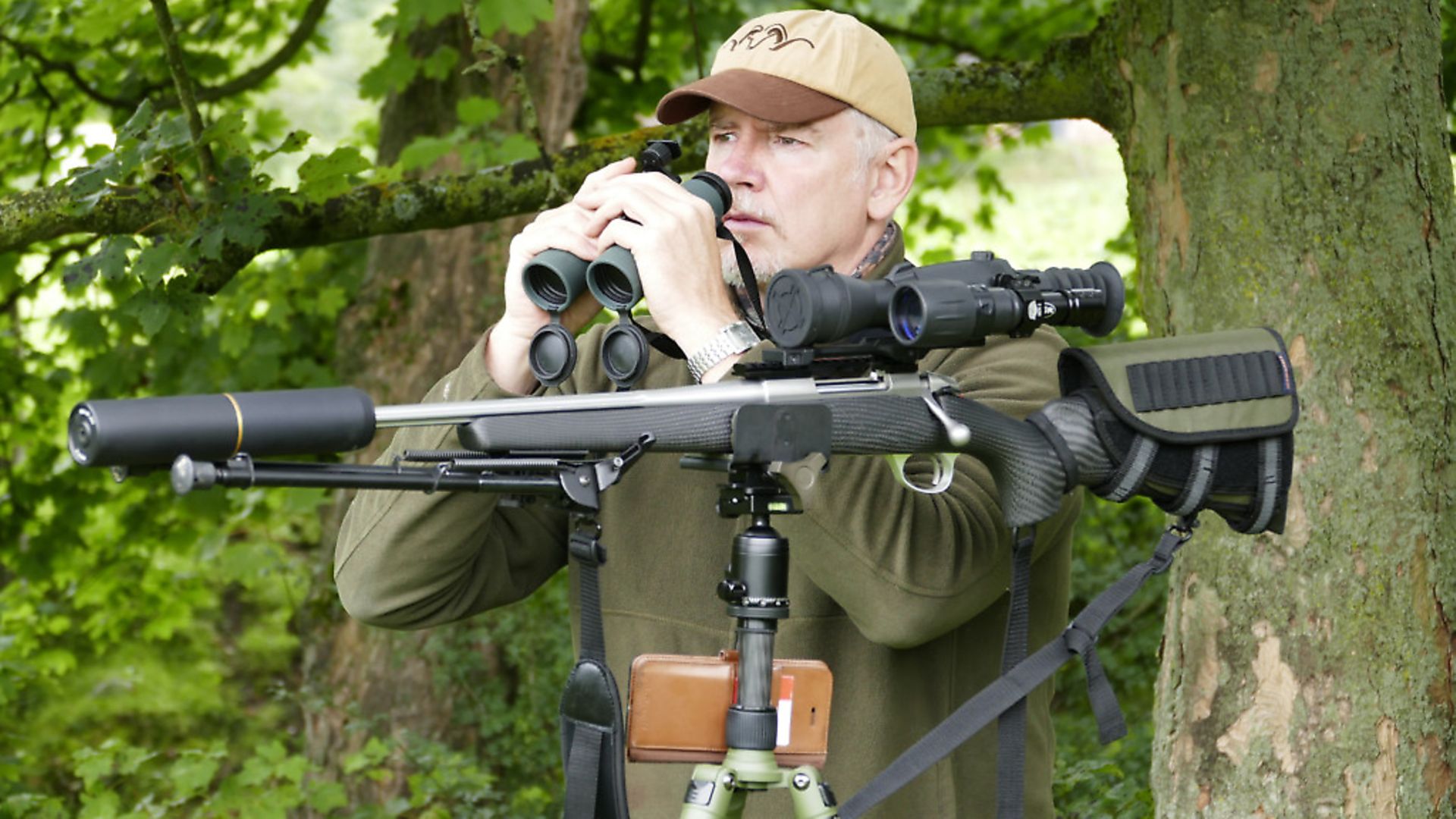 credit: Archant
credit: Archant
Ammo availability?
If you’re not a reloader, the availability of factory ammo is a key factor when selecting a varminter. If you do reload, it isn’t really an issue, as bullets are very widely available given the popularity of .243, and the .224 bullet used in both the .223 and the .22-250. The .204 is admittedly a bit more of a niche bullet, but there’s still plenty of variety for any would-be reloader.
If you’re not reloading, you want good local availability of factory loads and you also want as wide a variety of manufacturers as possible. This is one of the key factors that determined the calibres listed – a rifle without any bullets is just a very expensive stick!
As I’m sure you’re aware, all rifles have their own preferences when it comes to ammo, and to get the best from a factory feed varminter you do need a few options. Secondly, more obscure chamberings aren’t as attractive on the secondhand market. So, if you like to swap and change your guns, stick to the more popular and widely available chamberings.
Now, before the emails start flying in, yes there are other really effective varmint options. Die-hard fans of .222 will no-doubt be horrified it’s not on the list. The same could be said for the awesome but now sadly largely defunct .220 Swift. The list goes on... The bottom line is, in my opinion, if you’re looking to invest in a brand-new varminter, the following calibres represent the best overall investment in terms of longevity, performance and resale appeal.
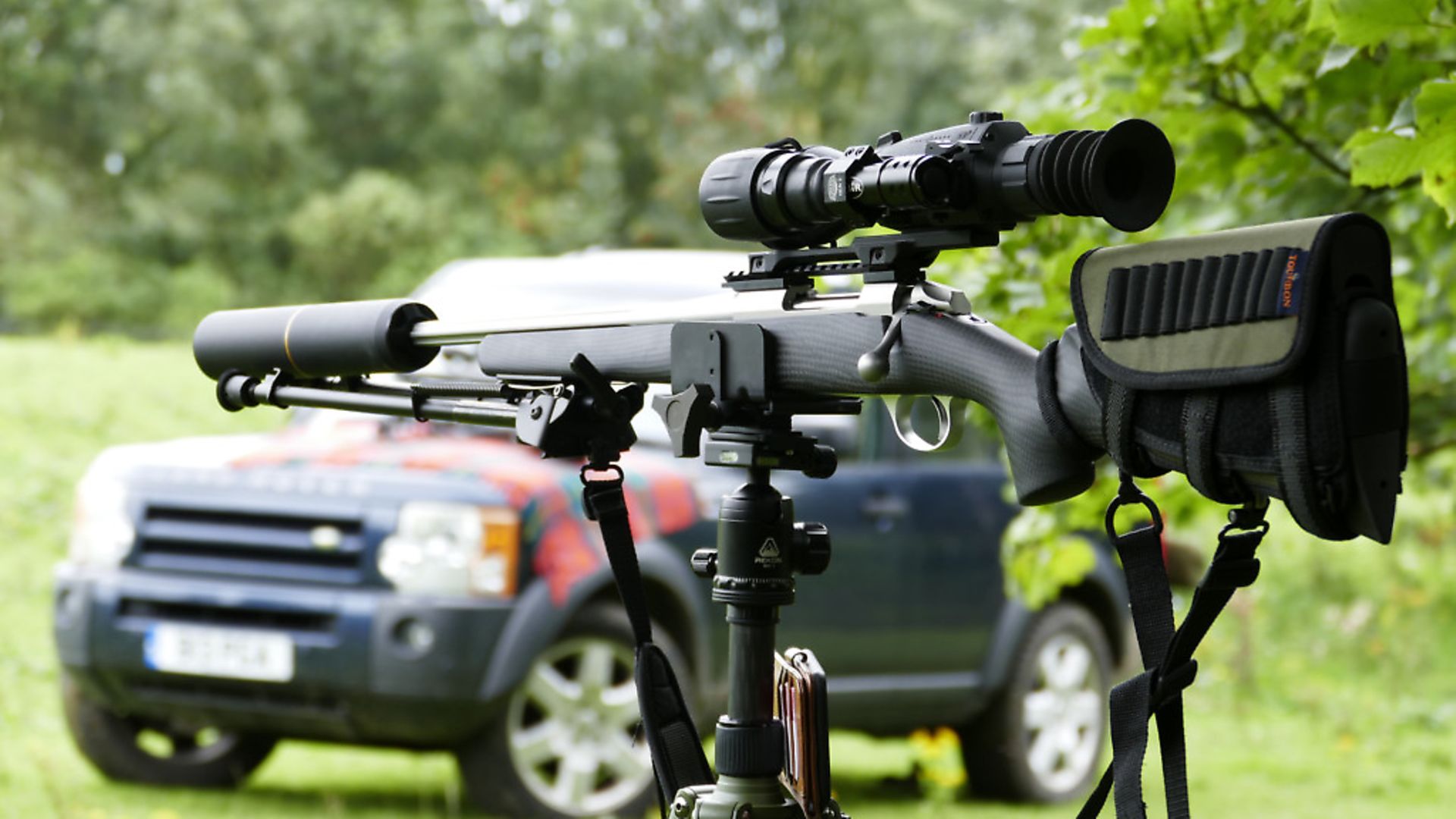 credit: Archant
credit: Archant
Calibre - runners & riders
.204 is definitely the ‘in vogue’ varminting calibre of the moment. An awful lot of custom foxing rifles are being chambered in .204, and with good reason. It’s the flattest shooting varminter in the round-up (with standard loads) and very accurate. Descended from the .222 cartridge, as is the .223, it offers slightly more case capacity than the .223 but significantly less than the .22-250 and .243. This certainly isn’t an issue in terms of speed, as the lighter .204 bullet (around 32gr) clocks up a staggering 4,200fps in a long barrel rifle.
Performance in the field is impressive considering it’s by far the lightest bullet, and it actually outperforms the .223 in terms of bucking the wind. Its real appeal is the laser-like ballistic curve - it’s a real point and click calibre. The other major USP is the incredibly low recoil (typically under 3ftlbs) which is little more than a .17 HMR.
None of the calibres listed are punishing to shoot by any means, but the .204, with its extremely low recoil, allows the shooter to maintain sight picture far more easily. Its only real shortcomings, compared to the heavier .22-250 and .243, are that it’s slightly more prone to wind drift and there’s less retained energy at extended range – the latter being something of a moot point on typical UK varmints.
The only other thing that may impact a buying decision is that the .204, unlike all the others, is not legal for smaller species of deer – .220 and up being the minimum bullet diameter for both muntjac and CWD.
 credit: Archant
credit: Archant
.223 is the bread and butter varminting calibre. It doesn’t have quite the glamour, speed or the ballistic profile of the others but it’s tried, tested and very cheap to run, with training ammo (steel-cased non-reloadable) on offer at £25 for 50. That’s less than half the price of the others which, if you’re planning to nail a lot of long-range corvids and bunnies, is definitely something worth considering.
It’s the favoured foxing calibre by many licensing bodies and has probably accounted for more foxes in the UK than any of the others, simply due to the number of rifles out there. It easily has the widest range of off-the-shelf ammo and it’s available everywhere, so there’s no issues in terms of resale appeal.
At roughly 1,000fps slower than the others (when running lighter bullets), the .223 is a slightly different animal; there’s more holdover, certainly, and you’re moving into dialling rather than the point and click of a dedicated varminter. Having said that, it can cope with heavier bullets and is definitely capable at longer range. You just need to keep a close eye on the wind.
Recoil is very manageable at roughly 3.5ftlb on a typical 8.5lb rifle, so not a great deal more than the featherlight .204. An excellent and cost effective all-rounder, but perhaps not quite the dedicated point and shoot appeal of the more exotic calibres.
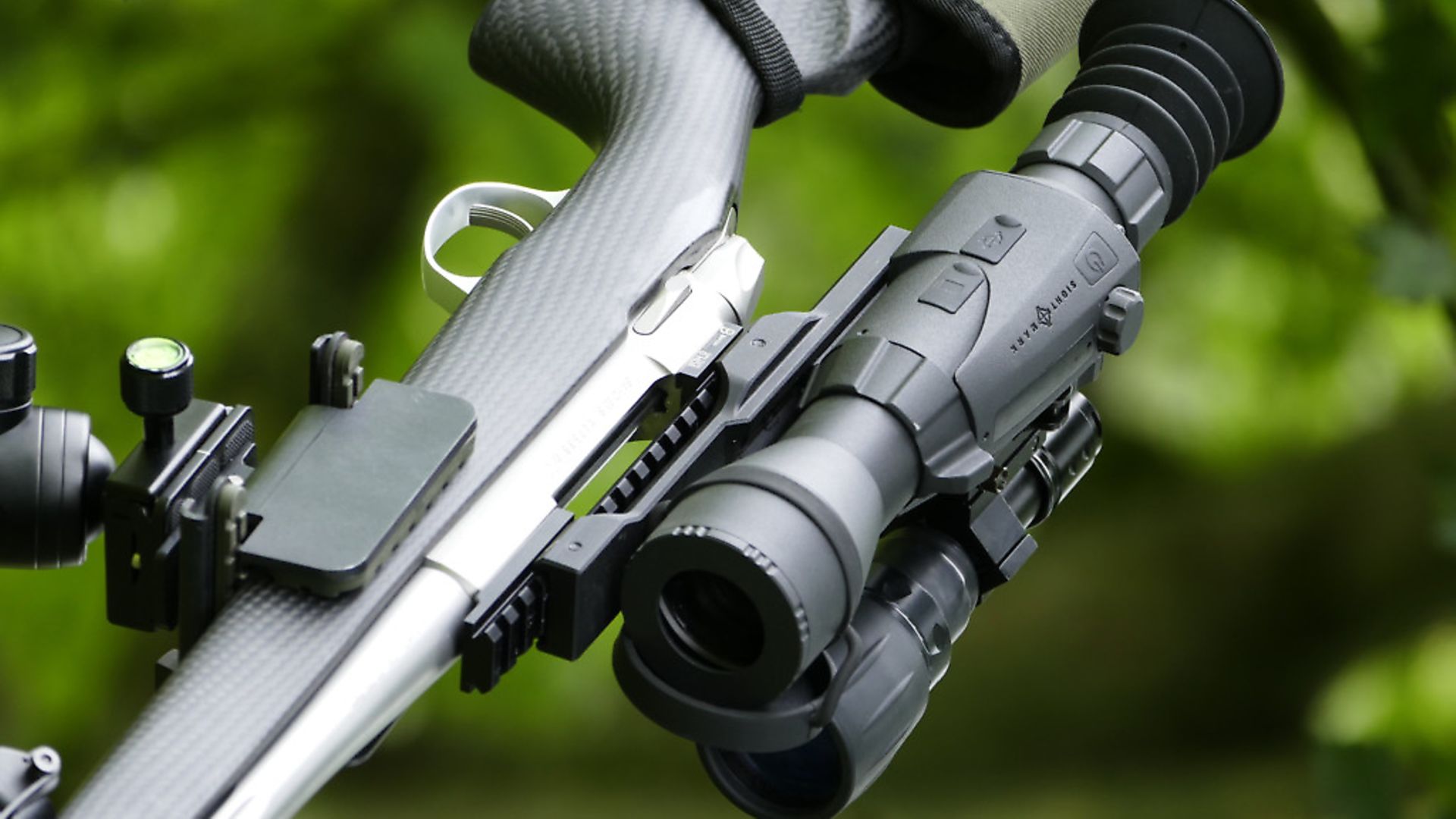 credit: Archant
credit: Archant
.22-250 is a true varminting specialist, offering very similar ballistics to the .204, with speeds of 4,450fps using a 35gr Hornady bullet (although 50/55gr is the typical load). It is extremely accurate and very hard-hitting courtesy of its heavier bullet, with excellent wind-bucking abilities and downrange energy making the .22-250 a force to be reckoned with.
I’ve been doing a lot of foxing with the Carbonlight .22-250 of late, and there’s a lot to like. The only trade-off with this ultra-light rifle is that recoil is quite lively. Typically, a .22-250 delivers about 6ftlbs on a 8.5lb rig, but the Carbonlight is significantly lighter at just 5.5lb unscoped.
As a consequence, it is quite fiesty for a small-bore; it’s certainly not uncomfortable in any way but there is a bit of muzzle flip and loss of sight picture due to the low overall mass of the rifle. In terms of feel at the shoulder, I’d say it’s very similar to my heavy weight .243 foxing set-up.
That said, it’s a joy to carry in the field, fast handling and perfect for point and shoot opportunities over a very wide range of distances, and with a level of accuracy that makes it ideal for smaller targets at extended range.
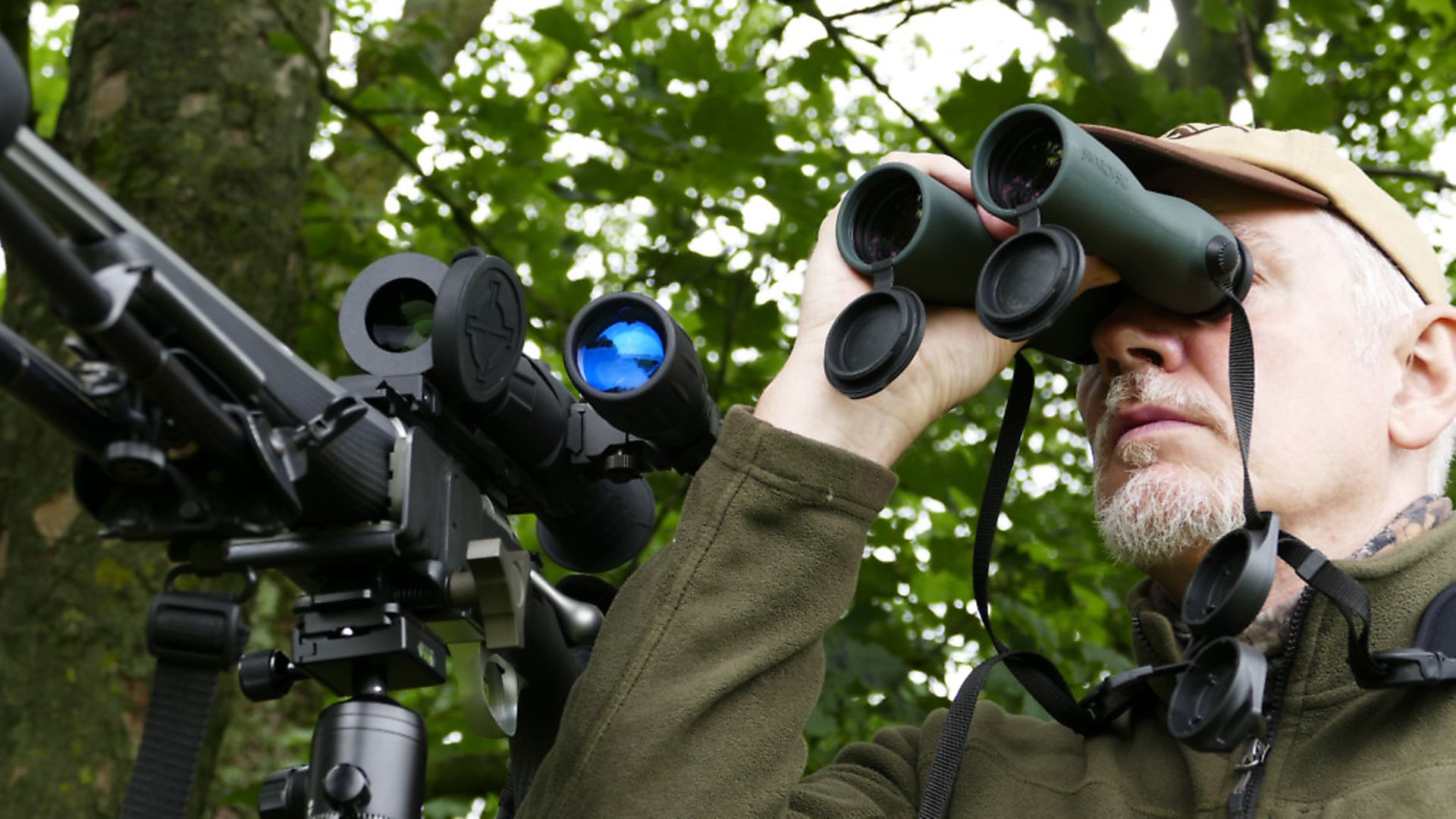 credit: Archant
credit: Archant
.243 is without doubt the ultimate all-rounder and easily the most popular calibre when it comes to ‘do-it-all’ rifle shooting. From a 55gr bullet for foxing all the way to 100gr for red deer, there’s no other calibre that can compete when it comes to flexibility – which is the very reason why I, and countless others, have invested in one.
With 55gr bullets hovering just below 4,000fps, it’s blisteringly quick and certainly capable of giving the .204 and .22-250 a run for their money in terms of ballistic performance. It’s also easy to feed off the shelf, with plenty of ammo from a wide range of manufactures in a variety of bullet weights.
It’s the heaviest recoiling calibre in the round-up, but not by much, delivering roughly 6.5ftlb of felt recoil on a typical 8.5lb chassis. On my T3x (with its heavy barrel and GRS stock), I’d put that closer to 6ftlb, so on a par with a .22-250 but still roughly twice that of the .204.
The do-it-all nature of the .243 makes it a firm favourite with stalkers and pest controllers alike – a testament to that being our very own Tim Weston and his team from ‘Stalker’s Diary’, who all use .243s for their day-to-day deer management and varminting activities.
If you’re in the market for a real workhorse that can cover all the bases, you can’t go wrong with a .243. There’s a reason why the .243 is the keeper’s calibre of choice.
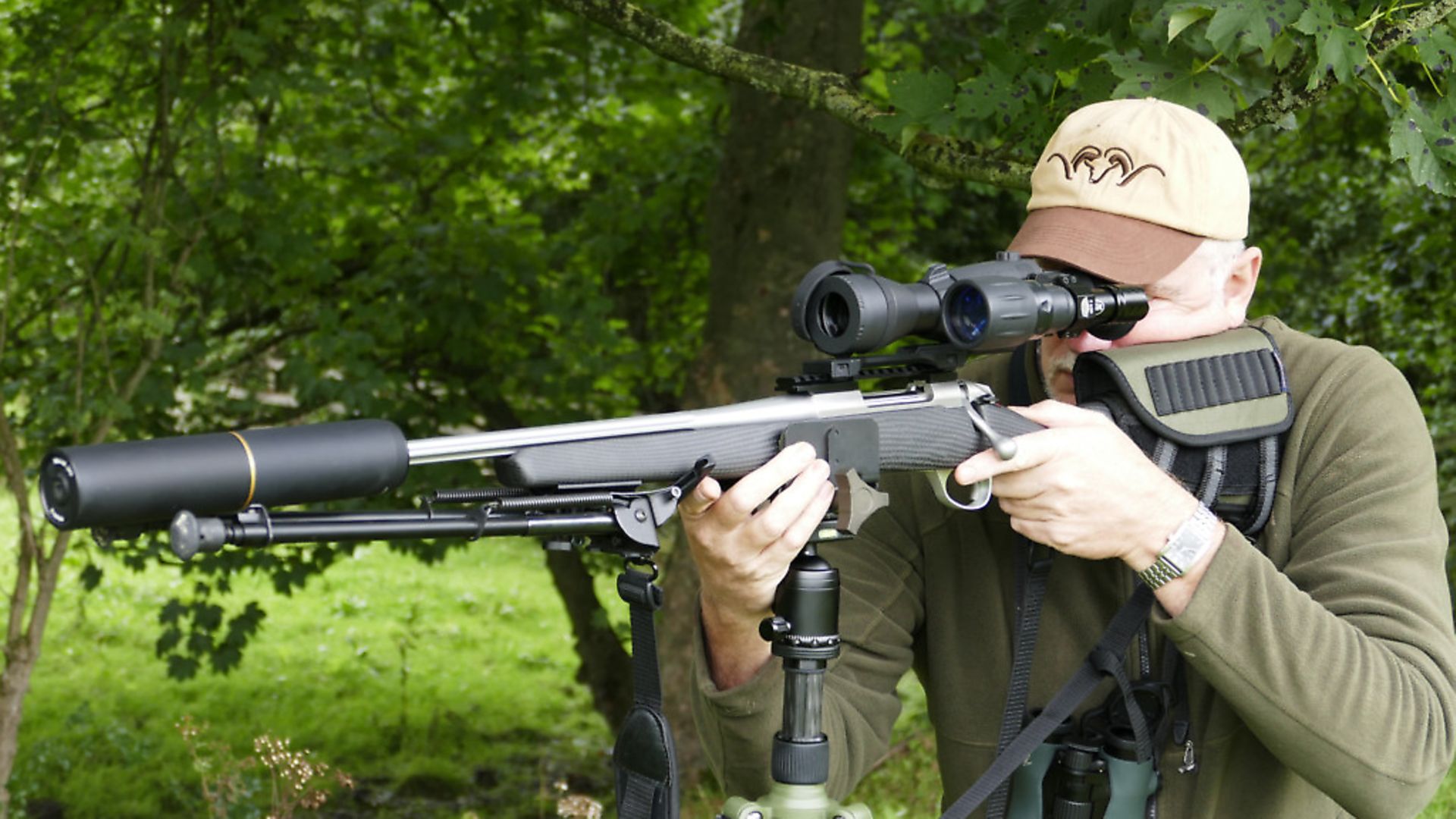 credit: Archant
credit: Archant
RECOMMENDED RIFLES
Sako 85 Carbonlight in .22-250
The Carbonlight is the pinnacle of technology in the Sako 85 action series. Available in .223 all the way to 7mm Rem Mmag, and at just 2.5kg, it’s a tour de force when it comes to weight and high-tech materials. The beautiful, soft touch aerospace grade carbon weaved stock is, well... pretty much perfect.
The classic 85 action with its controlled feed means it’s easy to sneak a round into the chamber, although a slightly more deliberate approach is required on extraction, as the ejection angle is high on the 85 action. As a result, empty cases can bounce back if you’re too gentle when retracting the bolt.
Barrels are all cold hammer forged and manually inspected, with Sako’s sub-MOA guarantee as standard. A staggered five-5 shot stainless steel magazine, which can be top loaded through the ejection port, sits behind its bespoke ‘Control Latch’ release, ensuring everything stays where it should.
The two-way safety locks both the bolt and trigger and, unlike my T3x, it also offers the ability to load or remove a cartridge from the chamber while the safety is engaged thanks to a small lever just in front of the main safety. The trigger itself is single stage and adjustable from 2-4lbs with a lightweight hard-anodized aluminium trigger guard.
The bolt does have a slight rattle when fully retracted but that’s part and parcel of the classic 85 action. In practise it is blisteringly fast with no chatter and a rock solid lockdown, no matter how it’s actuated.
The Carbonlight is a joy to shoot with impeccable handling and pointability, as it should be for a rifle at this price point. It’s classed as a ‘semi-custom’, and I suppose with its unique blend of high-tech and tradition, you get what you pay for.
Sako 85 Carbonlight in .22-250: RRP from £3,145; Stalon Moderator - X-Series: RRP £335; www.gmk.co.uk
 credit: Archant
credit: Archant
Tikka T3x Varmint barrel in .243
The T3x has been out for a while and is available in a myriad of configurations and calibres – including .204. Rather than detailing the technical stuff I’ll concentrate on personal experience. I’ve owned this rifle for about three years and I have never regretted buying it for a second - it’s performed faultlessly in the field and has been a joy to own and shoot.
It’s insanely accurate, has a superbly smooth action and, I’ll be honest, the standard stock, with its semi-beaver style fore-end, was excellent. Being a bit of a custom fit nerd, I was beguiled by the GRS Bifrost and just had to have it. Just don’t tell the other half - she thinks they have just forgot to ask for it back. Ignorance is bliss, eh!?
As for features, the only thing that’s missing is the safety system used on the Carbonlight. With the T3x, you need to disengage the safety to retract the bolt and extract a round, which isn’t to everyone’s taste but is something you soon get used to.
Tikka T3x Varmint: RRP from £1,175; Stalon Moderator - X-Series: RRP £335; Supplier: www.gmk.co.uk
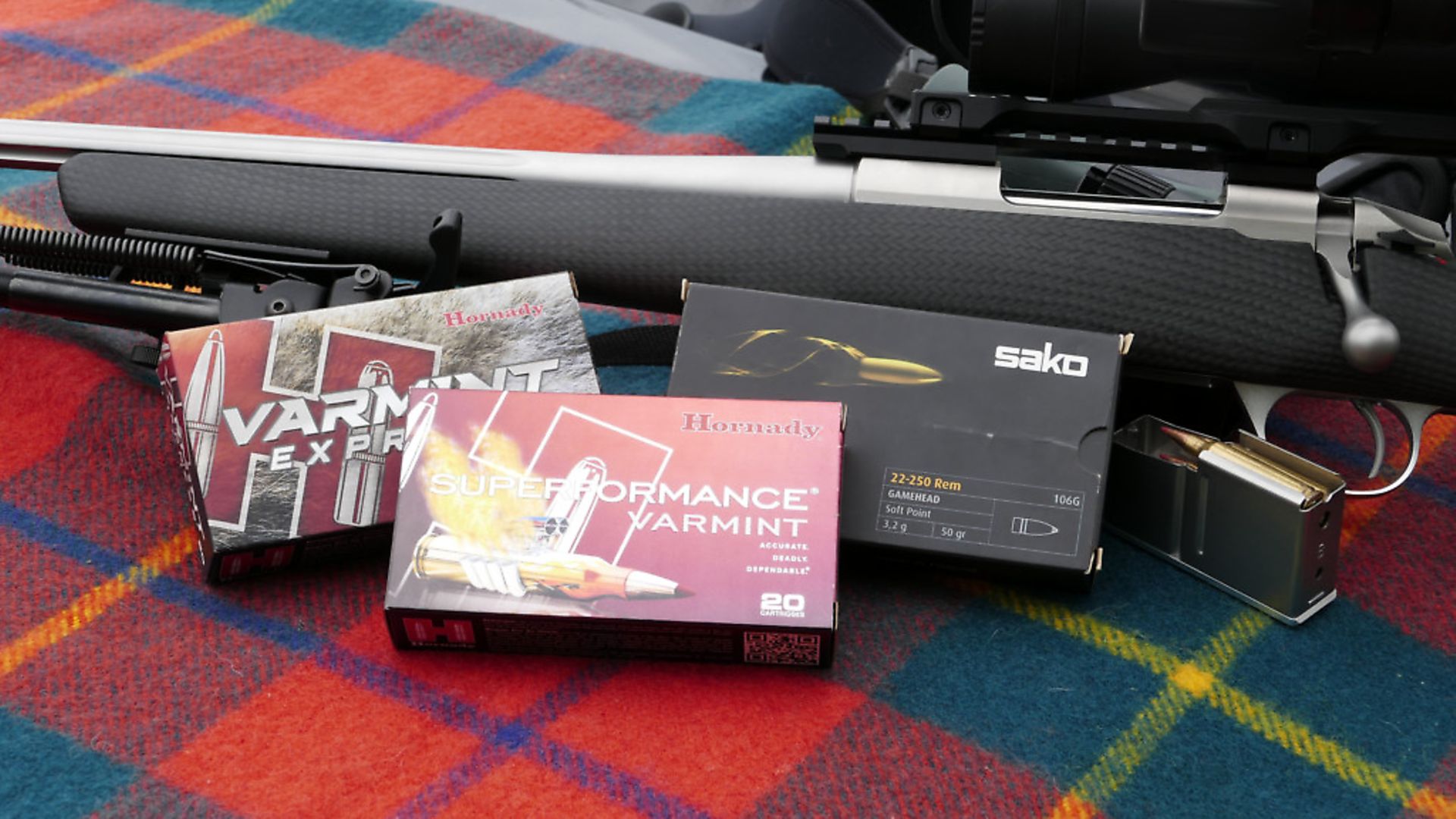 credit: Archant
credit: Archant
ADDITIONAL HARDWARE
* Mount
Barton Gunworks Sako 75/85 FLAT Short Action Picatinny Rail; £79.99; www.opticswarehouse.co.uk
* Scopes
Wraith 4K Max; £1,049; www.scottcountry.co.uk
Hawke Frontier: FRONTIER 30 FFP 4-20x50 MIL PRO RETICLE; £799; uk.hawkeoptics.com
* Ammunition:
Sako .22-250 gamehead softpoint 50gr; Sako .243 gamehead varmint 70gr; Federal Premium .243 Nosler Ballistic Tip 70gr; Federal Premium .243 Nosler Ballistic Tip 55gr; www.gmk.co.uk
Hornady Varmint Express .22-250 50gr V-Max; Hornady Superformance Varmint .22-250 35gr NTX; www.edgarbrothers.com
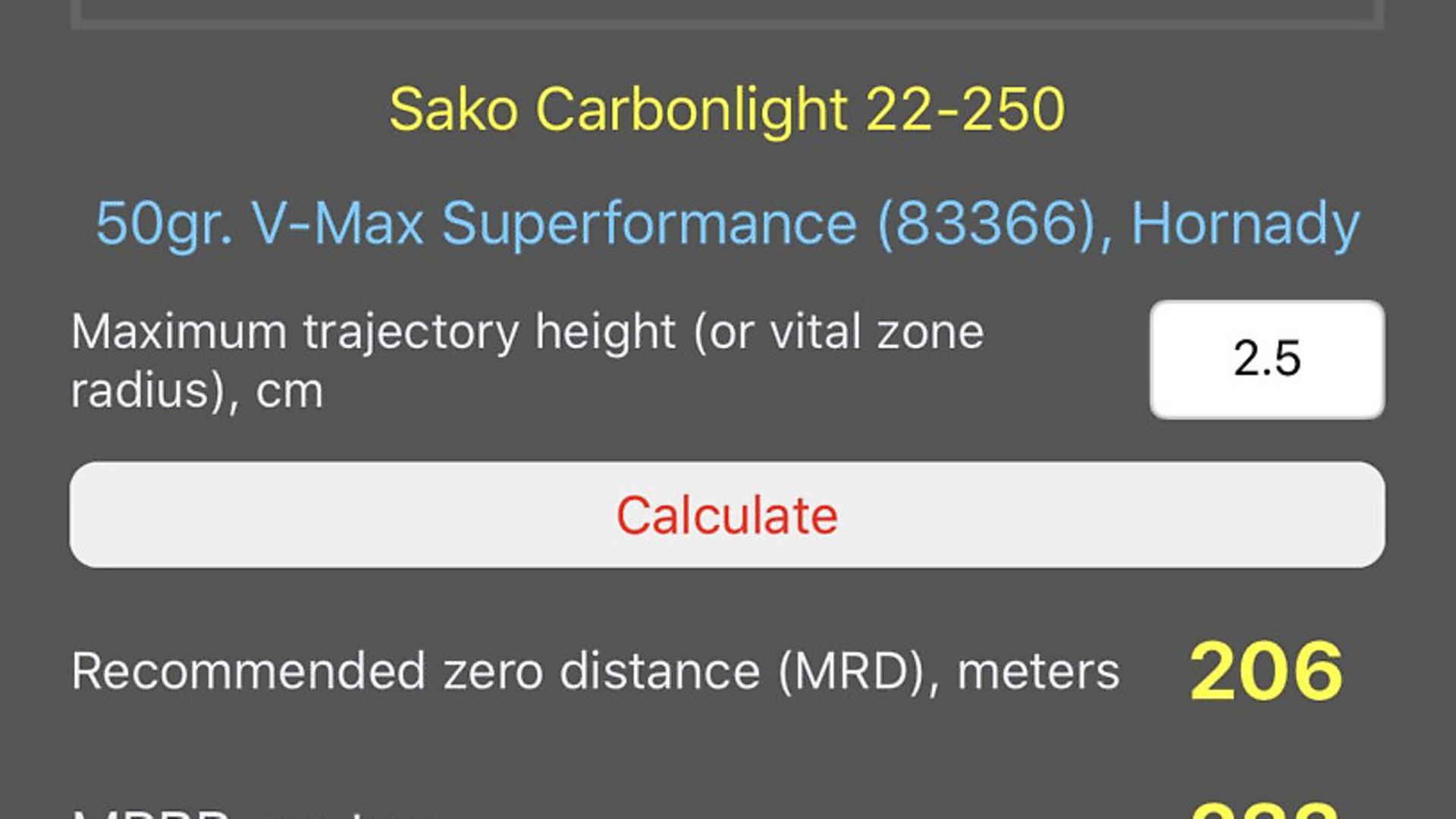 credit: Archant
credit: Archant
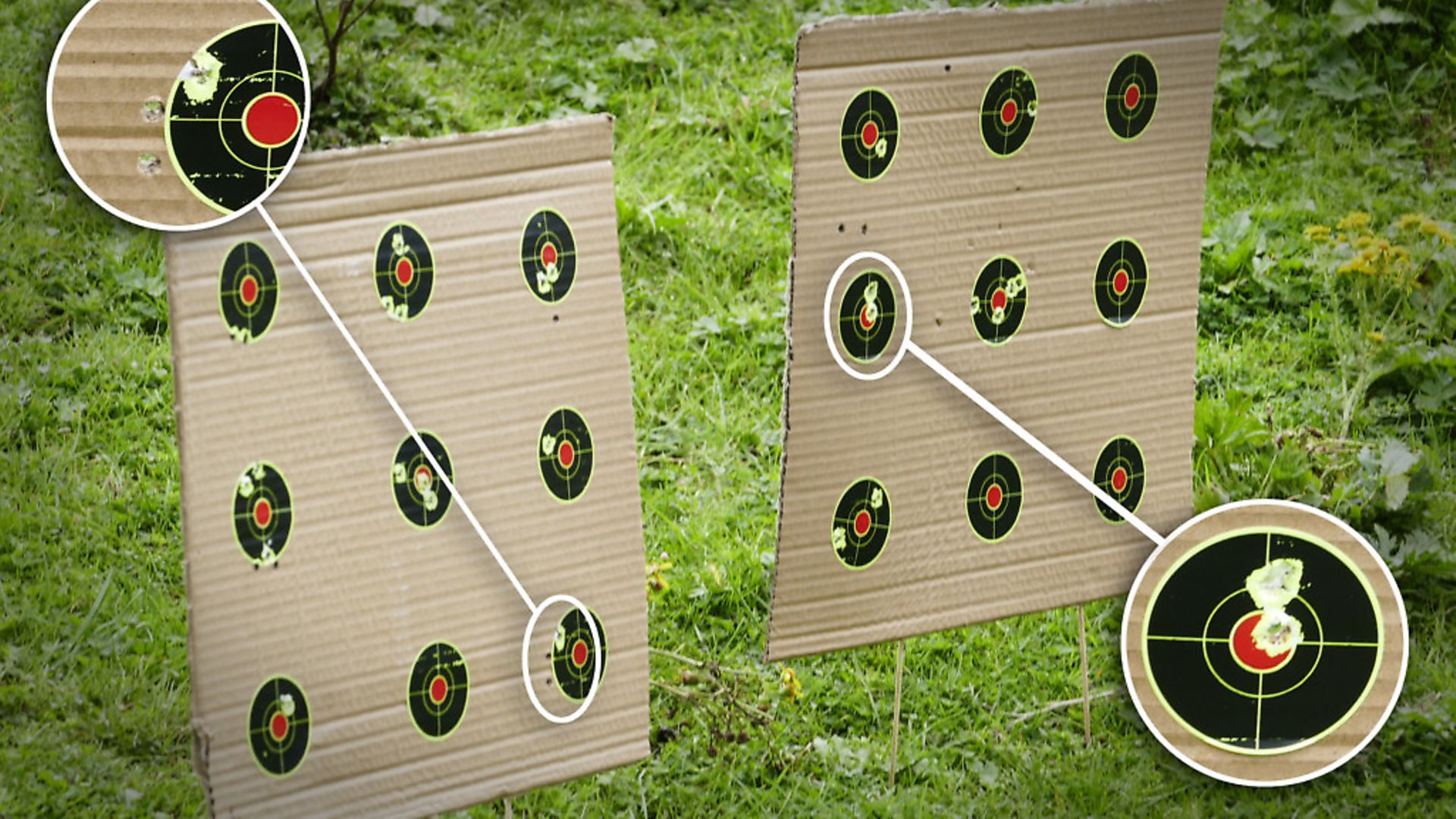 credit: Archant
credit: Archant